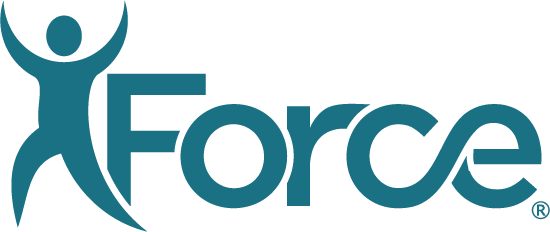The healthcare industry is facing a time of transition. In any industry, shifts in business models, modes of communication and availability of options lead to changes in consumer behavior, and health care is no different. The consumers of healthcare, once compliant patients, are now key players in their choice and plan of care. Enter: Patient Engagement
What does successful ‘Patient Engagement’ really mean?
Patients spend most of their time outside the hospital, out in the world, living their lives. Their behavior when they’re on their own will determine how healthy they are.
So, in order to successfully keep patients healthy, it’s important to support them in understanding and participating in their care. Patient engagement is about empowering patients to better take care of themselves. To read about a true patient experience, this case studies discusses a patient’s Bilateral Total Knee Replacement and the care experience he received throughout the duration of the episode.
Why do I keep hearing about it?
The shift towards bundled payment and value-based care has led administrators to focus on increasing efficiency (i.e. reduce costs) while maintaining, and hopefully improving, patient outcomes. This evolution has led to a focus on decreasing hospital stays and face-to-face patient appointments. This means that even more of a patient’s recovery is happening at home. While in many ways, this is good for efficiency and patient comfort and safety, clinicians need better ways to stay connected to their patients as they heal outside the hospital. Without a solid patient engagement strategy and support, good surgeries can result in readmission, suboptimal outcomes and low patient satisfaction.
But if we give patients direct communication, education and documentation at their fingertips, we activate the engagement between clinician-patient partnership. This allows both patients and doctors to regain control over health outcomes.
By supporting the patient in becoming a lead player in their care, the entire team can become more efficient and cost-effective. And, as research shows, more engaged patients tend to have a greater commitment to care and personal health. They are therefore more likely to engage in preventative or postoperative treatment and healthy behavior, ultimately leading to more successful patient outcomes.
What does “patient engagement” mean for the future?
Okay. So we know that patient engagement is an asset. But how do you do it well? How do you measure it?
First step is to break down the broad term “patient engagement” into actionable metrics. Defining and implementing metrics allows providers access the information you’d have in the hospital, or in this case, information necessary to keeping patients from admittance to the hospital.
Scalable and measurable strategies for engaging patients include technology. Technology allows for the necessary level of patient mobility and accessibility, while scaling the work of patient navigators. With the right platforms, organizations can determine what metrics define engagement for them and study the impacts of their efforts in order to create best practices.
Successful patient engagement technology is the golden ticket through the new medical frontier. It can bring care to patients fingertips, so that providers can increase efficiency without sacrificing quality.
Book a demo to learn how patient engagement can enhance your patient’s experience.



